Pedestrianisation of Union Street has been put to bed for five years.
It has been debated for decades and is an issue that normally rears its head months before an election.
And it became a key issue this year, linked to efforts to bring people back to the city centre.
But the new SNP and Liberal Democrat council leadership has backed a return of buses and taxis to the Granite Mile.
It settles the long-term future of Union Street – at least until 2027.
Union Street debate: A Waterloo council can’t seem to escape, even if it wanted to
Talk of a car-free Union Street has graced the pages of The Press And Journal and Evening Express since the mid-80s.
By the turn of the century, council chiefs thought they could spend £16 million to pedestrianise the Market Street to Bridge Street stretch by 2010.
Then, it was thought the move would bring 400 jobs and ring millions through the tills of what was still the city’s main shopping street.
But it was not until the coronavirus pandemic in 2020 that the Granite Mile finally saw change.
As an emergency response to the virus, the dust was blown off the pedestrianisation plans and implemented quickly.
Matching much of what was outlined as part of the 2015 city centre masterplan was put in place with minimal public consultation.
All traffic was banned from the central section on a temporary basis, paid for by a Scottish Government grant.
Councillors ‘took a chance’ on permanent Union Street pedestrianisation
It was not until the Conservatives and Labour – then in charge of the council – voted to make that pedestrianisation permanent that the row really kicked off.
Along with vast plans for the beachfront, they put £150 million aside to fund the next phase of city centre regeneration.
But at the end of February, the SNP and Liberal Democrats – then opposition – dramatically sealed a partial reopening of Union Street central.
They had fought – and failed – for months to have buses and taxis return to the disputed strip. It followed concerns voiced by disability groups about access.
In May, the SNP and Lib Dems took control of the council.
By the end of June, buses and taxis were back all along the Granite Mile.
And they set in motion a long-term redesign of the street’s midsection.
It will have two lanes, with bus stop laybys, and wider pavements.
Money, money, money: Multi-million-pound plans for Union Street
The new vision for Union Street includes the redeveloped market site – a £50 million project on the site of the former BHS site.
Now backed with £20 million of UK Government money, it is also hoped to act as a welcoming bridge between Union Street and the bus and train stations.
But there are still questions on the future of other key Granite Mile sites.
The Trinity Centre is now up for sale. In August, despite the chief planner’s suggestions to the contrary, the council ruled out buying it as the next big regenerative project.
Even just repairing the tired buildings along the Granite Mile has been priced at £11 million.
SOS! Emergency summit an unprecedented step
In October, the latest designs of the city centre emerged.
A tree-lined, bus-filled, Union Street with feature lighting hung above key sites like the new market and the Music Hall.
Come December – and against a backdrop of a “horrifying” budget deficit – councillors will have to make decisions which will define the city for years to come.
Before that, Aberdeen Inspired called an emergency summit looking to move the Granite Mile forward in the meantime.
They claim, if the city waits until the multi-million-pound work gets underway, that Union Street will be too far into decline.
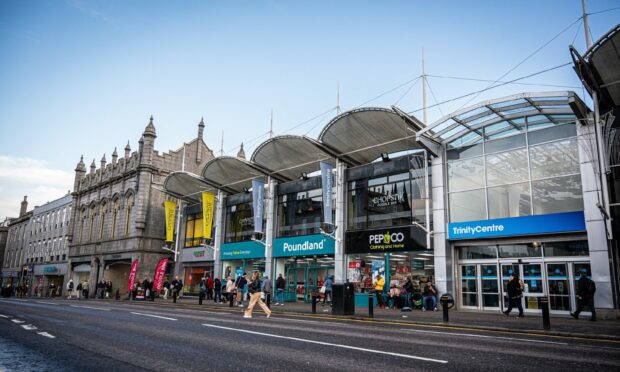
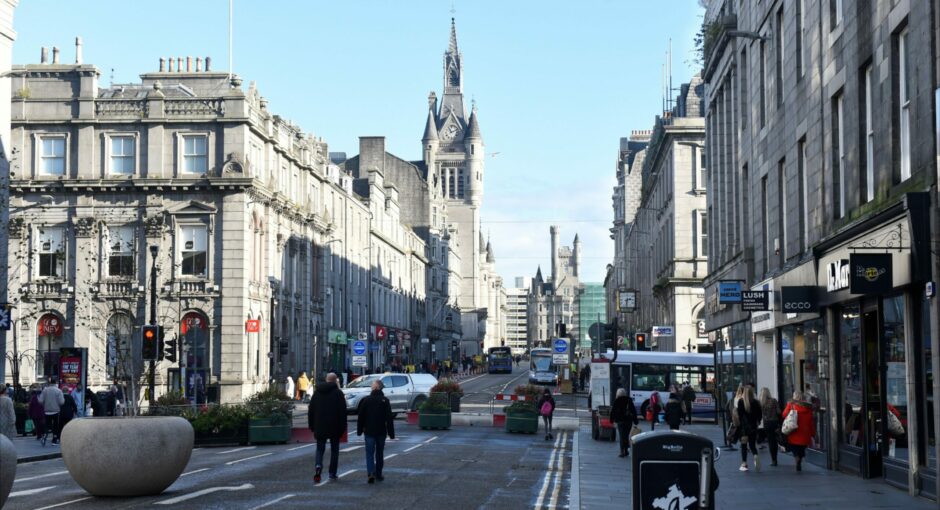
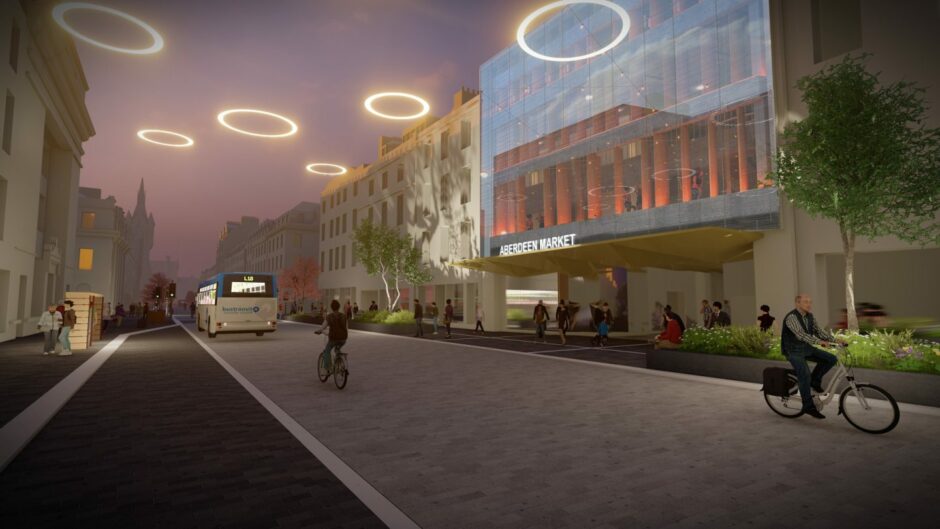
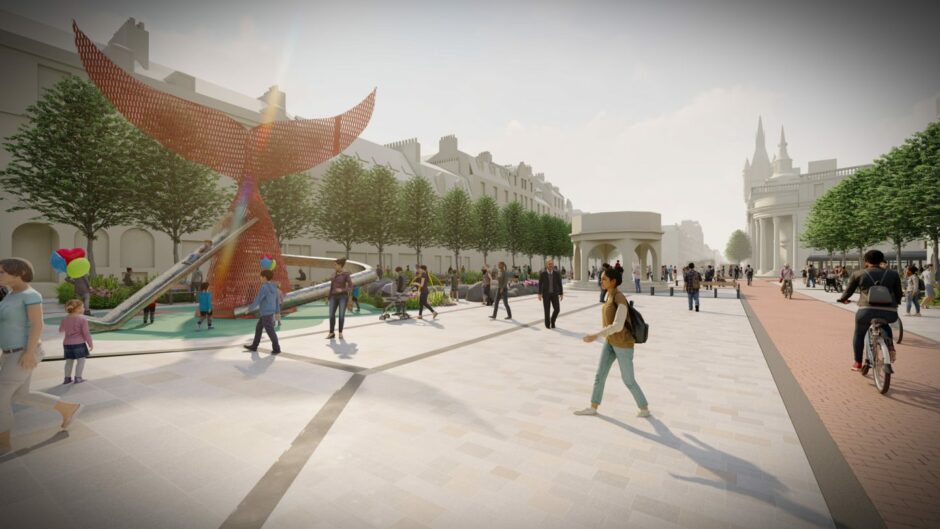
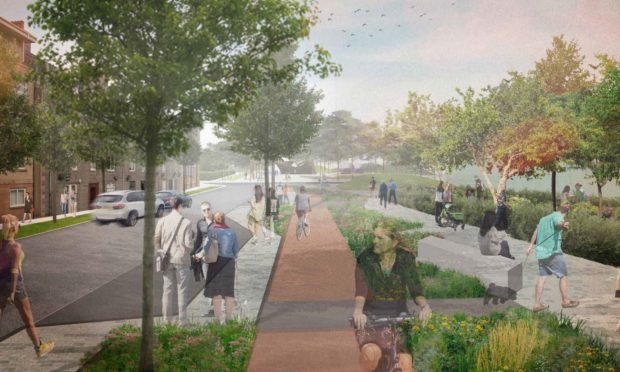
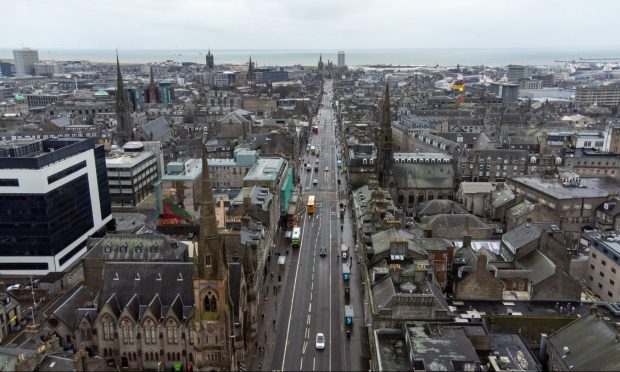
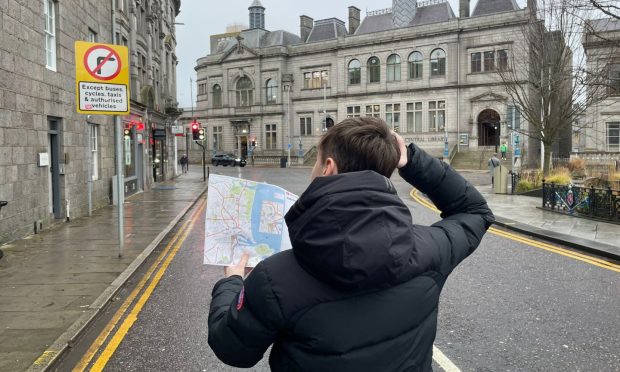
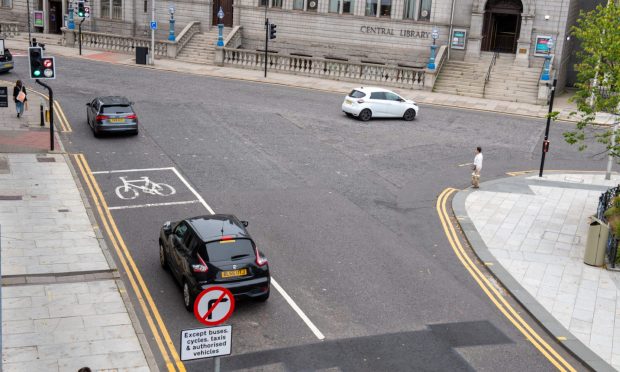
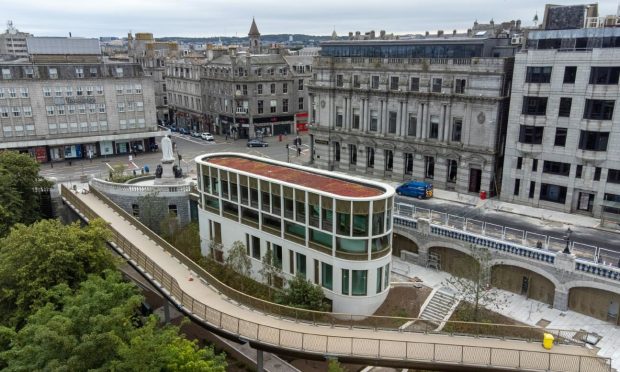
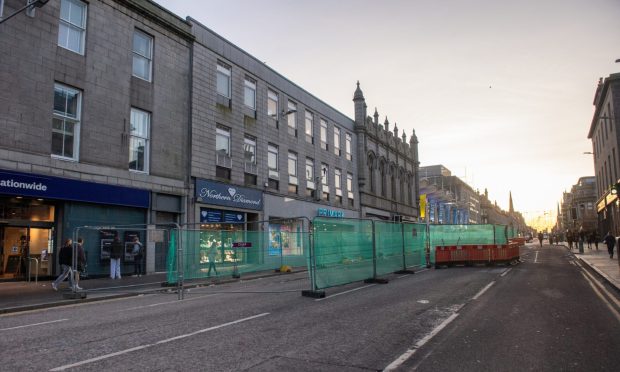
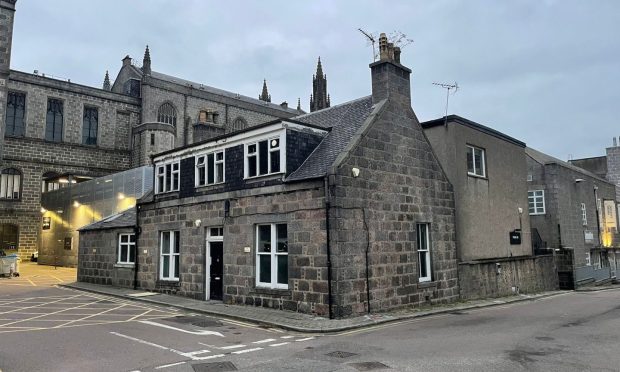
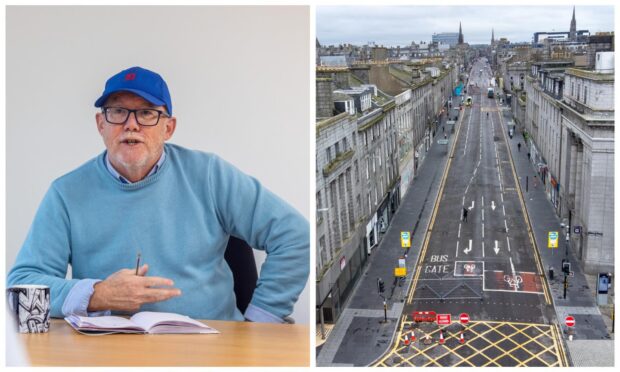

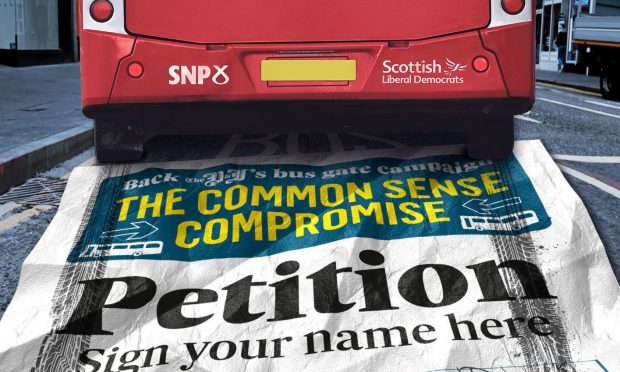
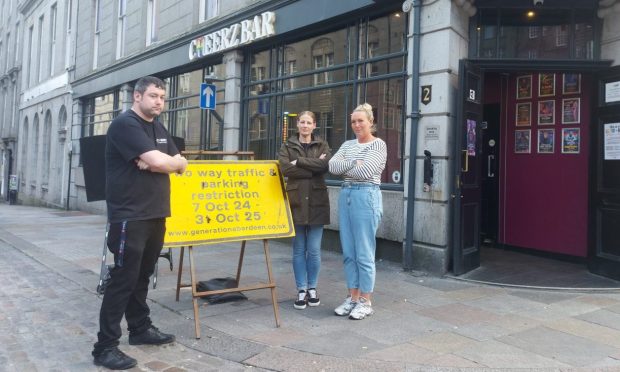
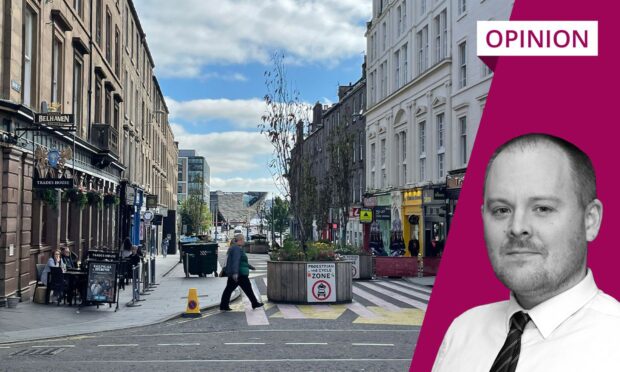
Conversation